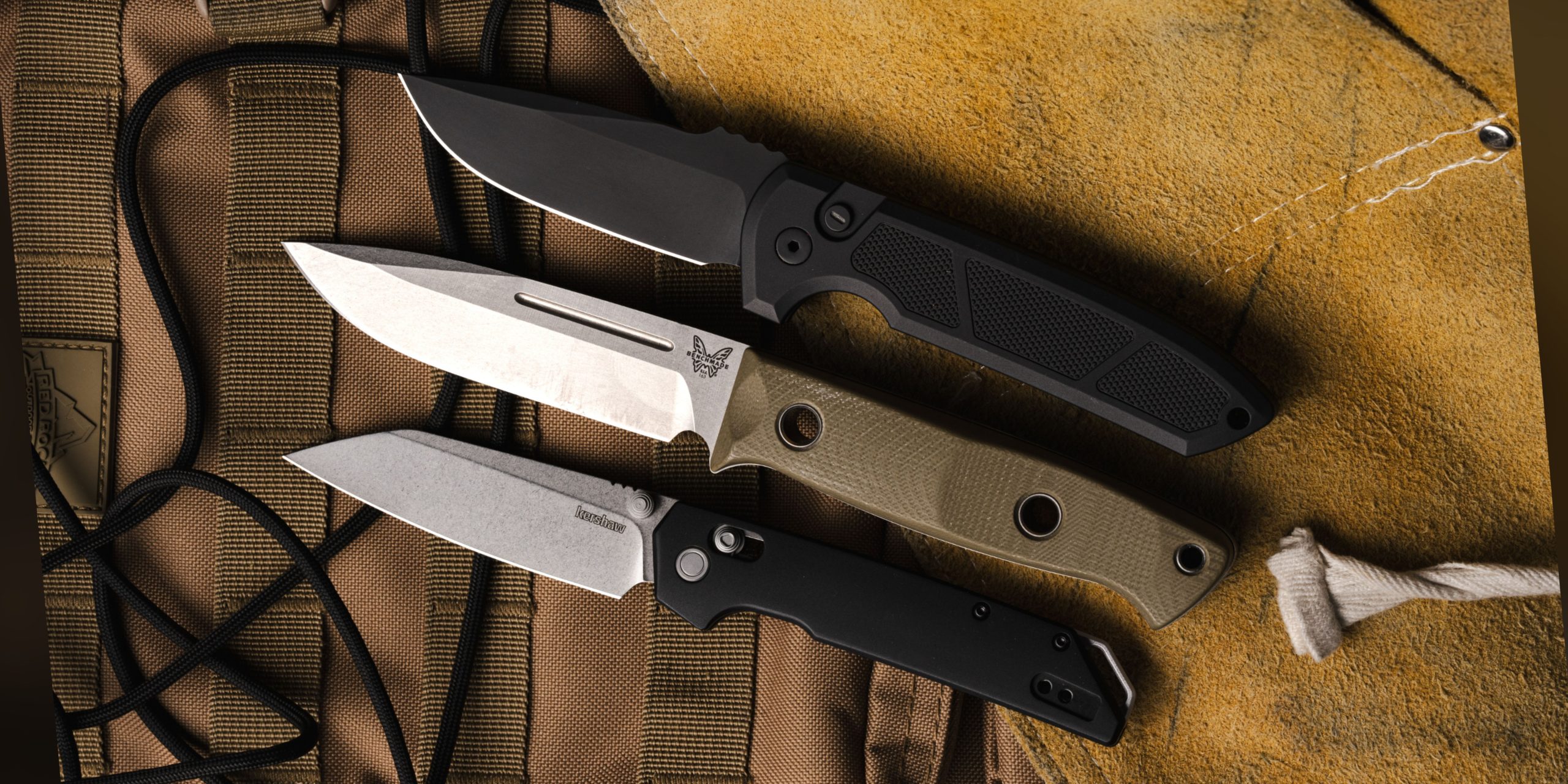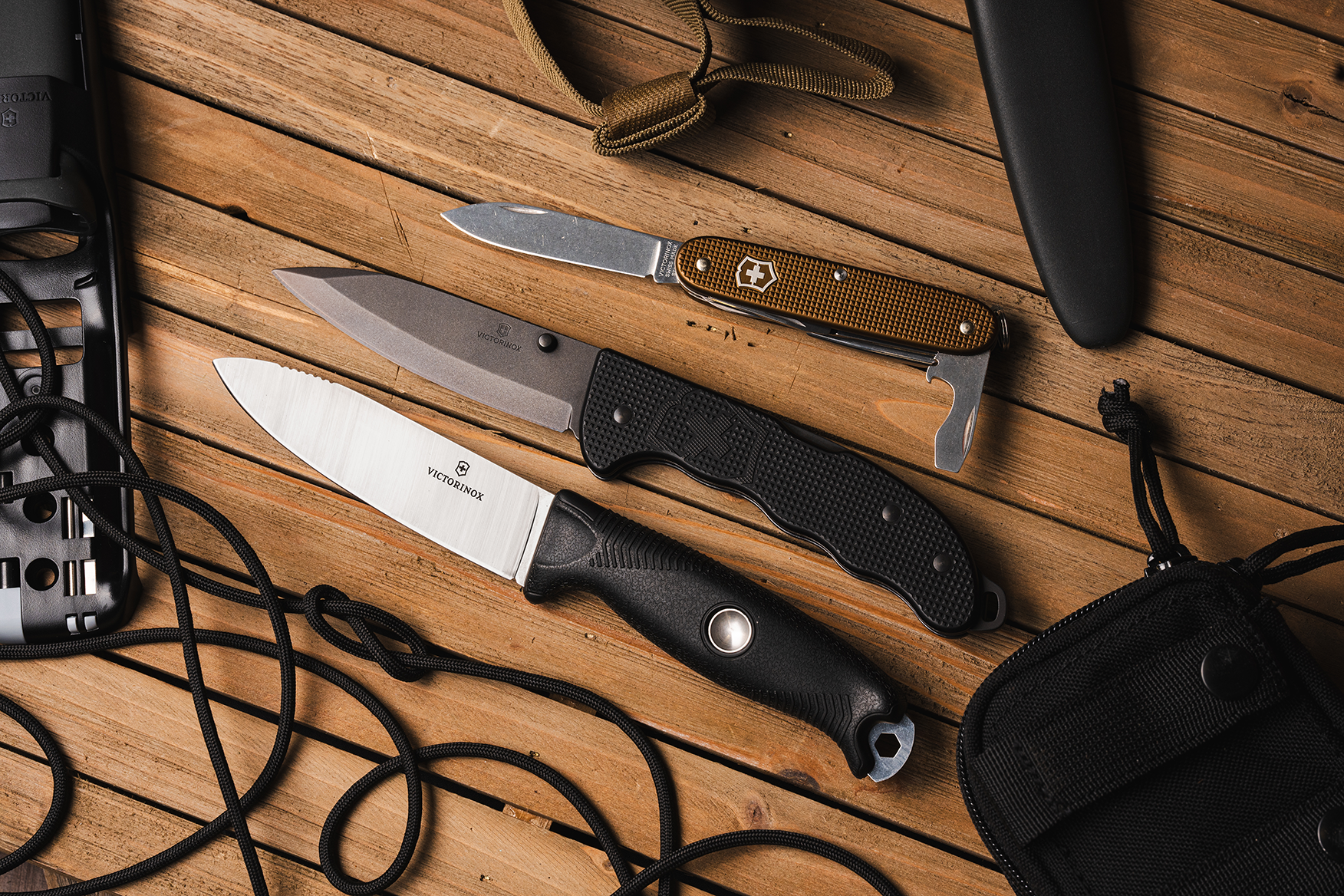A butterfly knife, sometimes called a balisong, is a folding knife with two handles that rotate around the knife’s tang. When the knife is closed, the blade is concealed within the handles. The knife usually closes with a latch that secures the handles.
Due to their irregular construction, butterfly knives can be manipulated differently than traditional pocket knives and can be used to perform tricks.
Where did they come from?
There is currently a debate about whether the butterfly knife originated in the Philippines or in Europe. This much is certain: there is a long history of the butterfly knife being used in martial arts from the Philippines specifically in the kali, escrima, and arnis disciplines.
One version of events states that the balisong originated in the Philippines sometime around 800 A.D. This version of events points to the balisong’s use in ancient Filipino martial arts as proof. People who follow this theory believe that somehow, a Filipino design made it to Europe in the 1600’s.
On the other side, there are documents showing the existence of the butterfly knife in France as early as the 17th century. The French book “Le Perret” shows a sketch of a butterfly knife, and was published in 1710 A.D. The book itself suggests the butterfly knife was developed in the late 1600’s or early 1700’s A.D in France.
The oldest English patent for a butterfly style knife was issued to the German Cutlery Firm of Bontgen and Sabin’s on April 12, 1880. Bontgen and Sabin’s sold many balisongs in the late 19th century. For more information about these documents and some pictures, you can visit here. www.balisongcollector.com/history.html
Scholars who believe the butterfly knife originated in Europe, think that the design was carried by French ships to the Philippines in the 18th century.
Balisong or Butterfly Knife? A Rose by Any Other Name…
There are a lot of stories that you will see about what the term balisong actually means. Spend just a little bit of time on the web looking, and you will see multiple theories. We are certain that the word comes from the Philippines, but beyond that the water gets murkier. Here are the most reputable theories that we have come across so far.
In their 1983 book, The Manipulation Manual for the Balisong Knife, Tom Wei Ding and Tom Wei Toi claim that balisong means “sharp knife.”
Jeff Imada says in his 1984 book, The Balisong Manual, that bali means “break” and “sung” means horn. The handles of the original balisongs, originally called bali sungs, were made from broken animal horns. This theory was seconded by Tai Jo in his 1985 book, Balisong Knife where he explains that balisong can be translated as “broken horn”, “breaking/rattling horn” or “to break the horn”.
Another theory about the origin of the term balisong is that there is a province in the Philippines called Batangas (sometimes, balisongs are actually called batangas knives.) In this province, there is a city called Balisong. The city is famous for making knives just like for example, the cities of Seki City in Japan, Solingen in Germany, and Maniago in Italy. Balisong is the name of this city, and it has since come to be synonymous with the butterfly knives made there.
The hyphenated term Bali-Song is a registered trademark of Benchmade in Oregon City, Oregon. The term was also used by Benchmade’s previous iterations Pacific Cutlery, and Bali-Song Cutlery.
The word balisong without a hyphen is a generic word.




